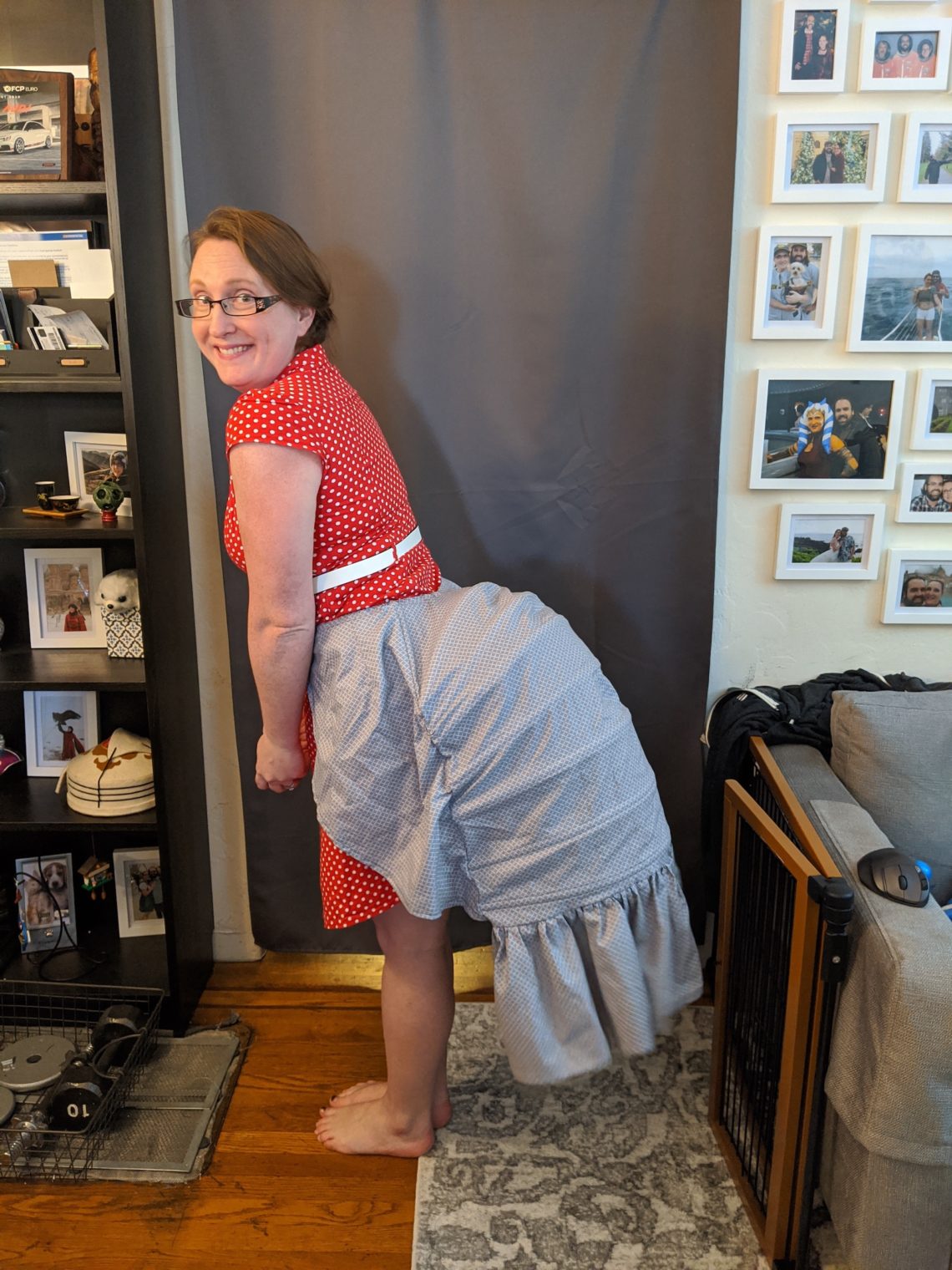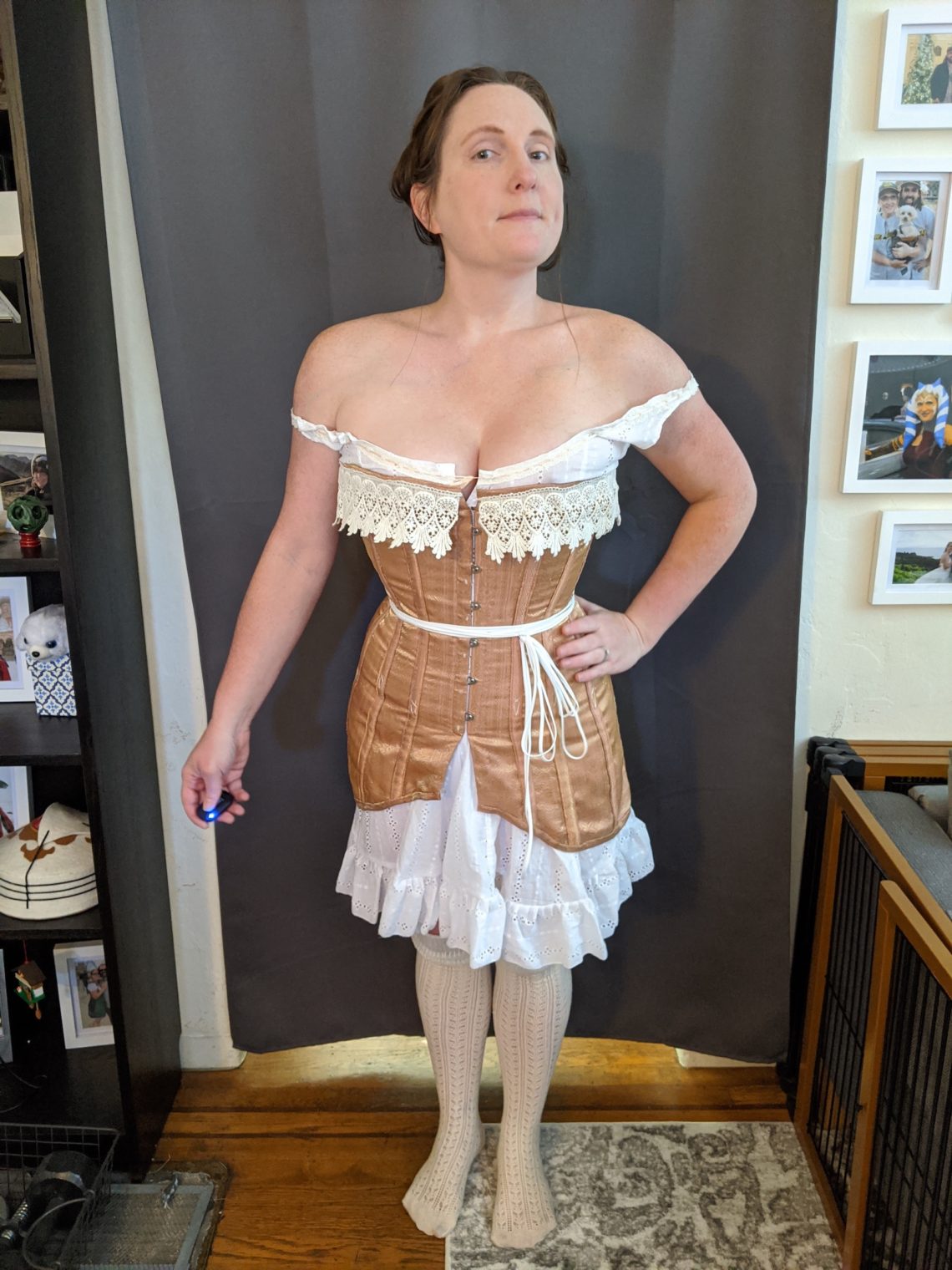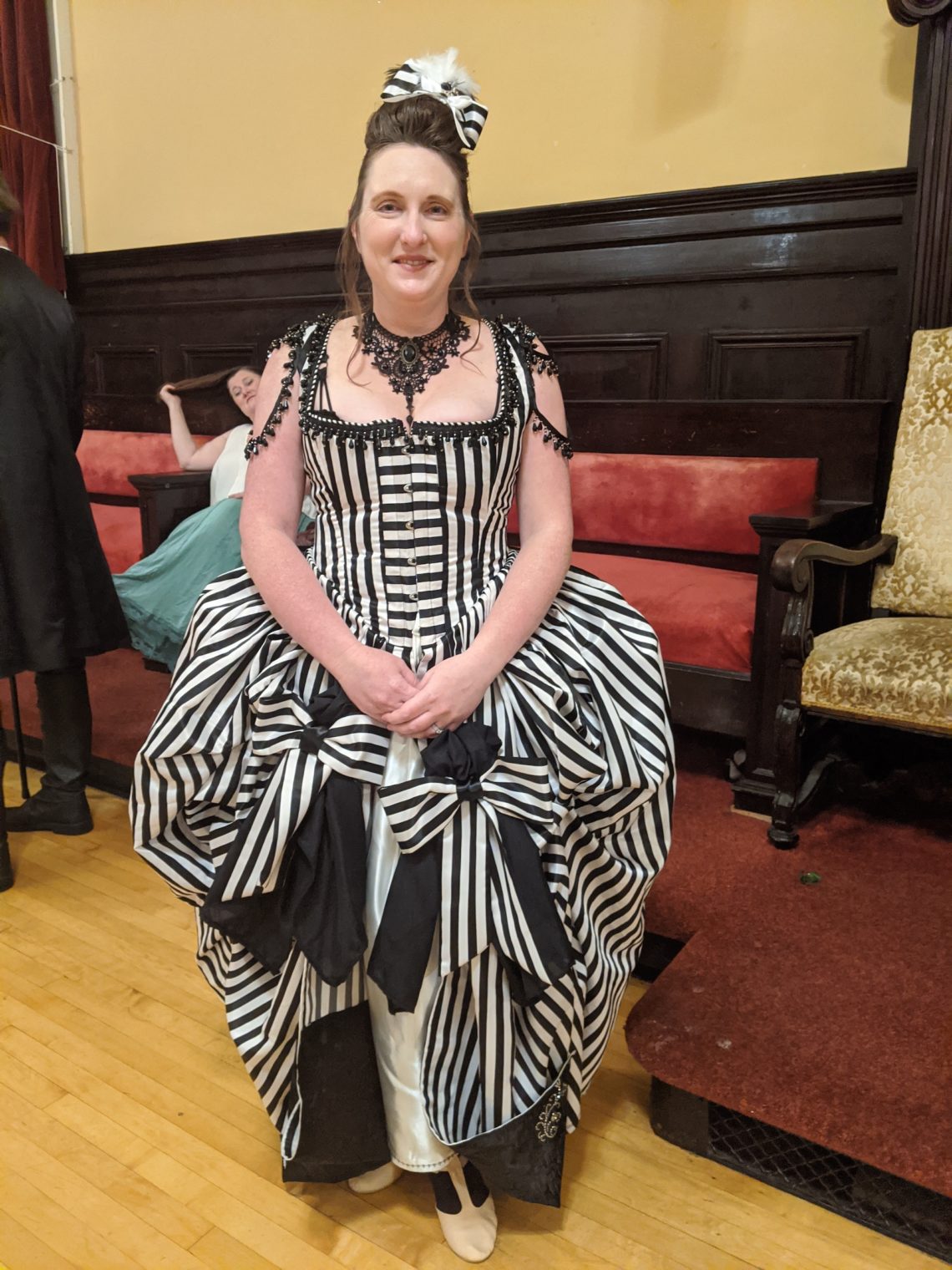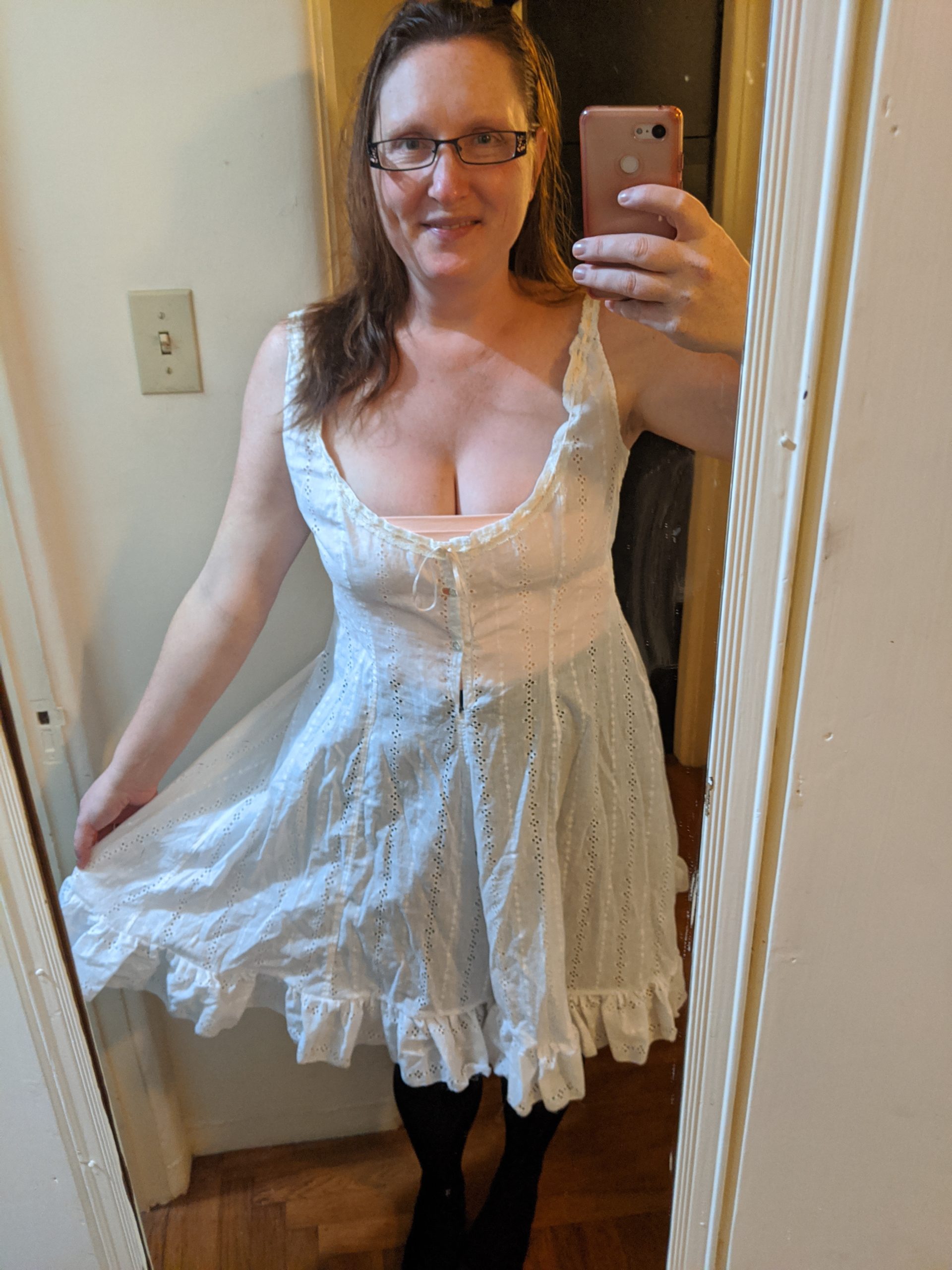Last year, I was lucky enough to spend the month of November as a temporary resident of Luxembourg. I had a marvelous time, enjoyed tons of interesting food and experiences, but the thing I enjoyed most was discovering raclette. Apparently, this is a winter-time treat enjoyed throughout this region of Europe and, because I love cheese more than a normal amount, this delicious meal of pure, melted cheese served with sliced meats, boiled potatoes, and steamed veggies, was amazing. But today, we are not here to talk about raclette. It seems that, in my haste to eat raclette everywhere I found it last year, I might have missed out on…
-
-
Quick Weekend Project: Lobster tail
I somehow still need more historical underwear, lol. This time, I have selected a skirt support that was in fashion during the late Victorian era, known as the ‘Second Bustle Era’. There was a Bustle era, in the mid-1800s. Then the ‘natural form’ era, where they still liked the big bustled look, but wore bum pads instead of cage crinolines. And then, finally, the Second Bustle Era. This was 1880’s ish, and someone decided to bring back those big cage bustles, only make it bigger. And now here we are. I have had such fantastic luck with the Truly Victorian patterns that I picked their Imperial tournure pattern for my…
-
Edwardian S-shaped corset
What is it? Today I present my attempt at creating an Edwardian era (early 1900s) corset. I haven’t made a corset in many years, but I was determined to give this one a go. Most modern corsets are of the hourglass variety, most closely resembling the Victorian corsets of the 1800s. However, there was a blip of time in the early 1900s where someone (definitely a man) decided that corsets should be shaped entirely differently and that this would be “healthier” for the corset wearer. Riiiiight. (Due to the increased lumbar pressure caused by the entire weight of the torso being supported by a single point in the spine, rather…
-
The Black and White Dress – as it was intended?
I have previously written about one of my favorite things I’ve made: the Black and White dress. It was a fun project and totally speaks to my true heart, which is entirely comprised of Tim Burton’s aesthetic. I made that dress 12 years ago and it is still one of my favorites, and something I bring out whenever I “have nothing to wear” to an event. It never fails me. This time was slightly different. A decade after its creation, my life has changed. My skills have changed (hopefully improved). My budget has graduated with me, as I was still a graduate student when I made this dress. And with…
-
Combinations
The key to getting the proper silhouette in historical garments starts with the parts you can’t see: the underwear, the hoops and panniers, corsets, stays, petticoats, chemises, bloomers, and…. combinations. Historically, a shift, or chemise, was the first layer a lady would wear. Social or class standing might dictate what that first layer was made of: cotton vs. linen or silk. But from the most decadent ball gowns to the most modest house maid’s dress, they were all worn atop a base layer that was loose fitting and washable. Eventually, along with a chemise, a lady would wear bloomers. And then, even more eventually, combinations. Combinations are exactly that: a…




